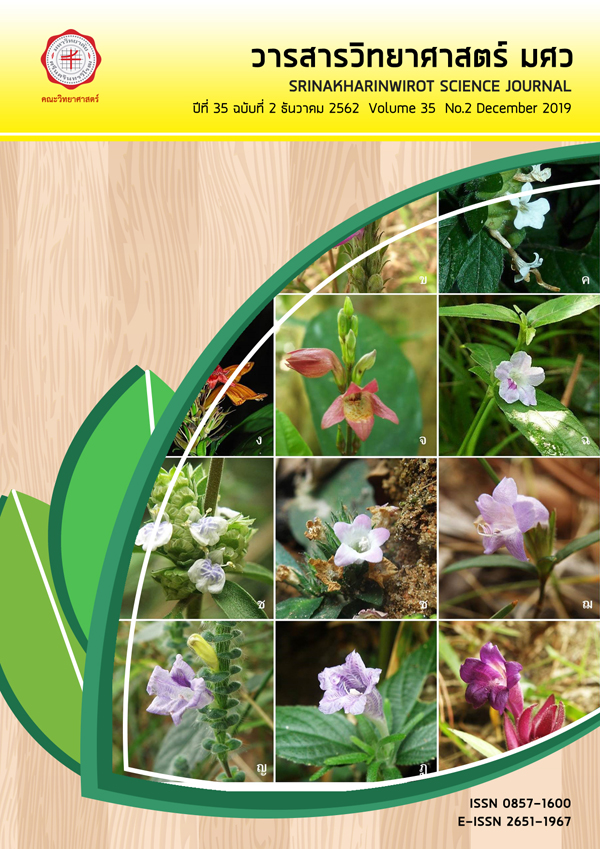Notes on Discriminating Morphological Characters for Generic and Sectional Classification of Musaceae in Thailand
Keywords:
Characterization, Morphometrics, Musaceae, Numerical Taxonomy, Phenetic analysisAbstract
ABSTRACTMorphological characters have been used effectively in classification of the banana family, Musaceae. Most taxonomic features are qualitative characters which require experience in evaluation and are subjected to individual opinions. On the other hand, though not many, quantitative characters can be directly measured on sites or from photographs. The objective of this study was to evaluate efficiency of these quantitative features in the classification of the banana family in Thailand. A total of 16 quantitative morphological characters of 143 accessions from 10 native taxa and one introduced Musella species were assessed. All quantitative data were evaluated by box-plot analysis, principal component analysis and discriminant analysis. It was found that the quantitative data are useful in the classification at the generic level in Musaceae and at the sectional level of Musa. All three genera can be distinguished by pseudostem height, number of sucker plants and fruit pedicel length. At sectional level, number of fruit rows on mid hand can separate the sections Rhodoclamys and Callimusa from Musa and leaf blade length can differentiate Rhodoclamys from Callimusa. Interestingly, fruit pedicel length and fruit apex length which were used in Musa acuminata descriptors at subspecific level were not significantly different in this study.Keywords: Characterization, Morphometrics, Musaceae, Numerical Taxonomy, Phenetic analysisDownloads
Download data is not yet available.
Downloads
Published
2019-08-31
How to Cite
Srikrainoon, P., Seelanan, T., Traiperm, P., & Swangpol, S. C. (2019). Notes on Discriminating Morphological Characters for Generic and Sectional Classification of Musaceae in Thailand. Science Essence Journal, 35(2), 111–122. Retrieved from https://ejournals.swu.ac.th/index.php/sej/article/view/11197
Issue
Section
Research Article








